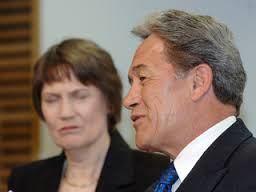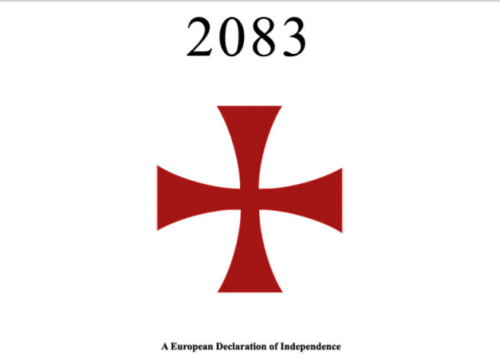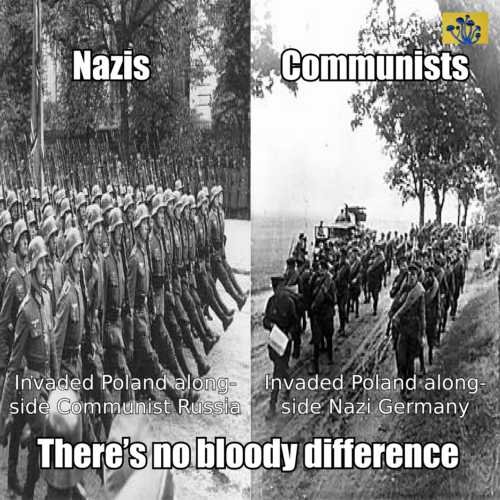
In Hinduism, the Kali Yuga refers to a final age of strife and discord that the world falls into before righteous order is finally restored and humanity realigns itself with the will of God. According to the Sanskrit scriptures, humanity is doomed to repeatedly pass through cycles of time that end in this degenerate Kali Yuga. This essay asks – are we living in the Kali Yuga now?
The Hindu theory of the Yugas has an astonishing similarity with the theory of political decline described in Plato’s Republic. This is possibly because of a shared intellectual tradition that informed all of the civilised nations of antiquity.
The basic idea is that humanity starts off in a Golden Age, or Age of Truth. This is called the Satya Yuga in Hinduism, and corresponds to the rule of the Men of Gold in the Republic. In this stage, humanity is governed by the gods, and our actions allow morality to shine through and illuminate the world. Plato considered it to be an age where humans were ruled by philosopher-kings, who were able to guide humanity skillfully and steadfastly through their challenges.
Unfortunately, this golden age is too good to last and humanity eventually degenerates into the second age, called the Treta Yuga. In this age, people begin to lose touch with their spirituality and become more materialistic. As a consequence, morality starts to degenerate, and fear creeps in. This age corresponds roughly to the oligarchy described by Plato and references the rule of the Men of Silver.
This degeneration continues even further into the Dvapara Yuga, the third age. In this era, the divine intellect no longer manifests, and as a result people become pleasure-seeking and ignorant. Because of this, people no longer are truthful. They will tell lies about anything in order to gain advantage, and this leads to an age of disease and misery. This corresponds to the democracy in Plato’s Republic, in which people only care about short-term pleasure.
Eventually, all of this degeneration causes the entire system to fall apart, in the fourth age, the Kali Yuga. This is an age of war, discord, strife and misery.
The Hindu texts prophecise the rejection of spirituality that takes place during this age. This is perhaps the most definite sign that we are currently living in the age of Kali Yuga.
During this age, it is written, rulers will no longer consider it their duty to promote spirituality, Indeed, this is precisely what we are currently faced with. The rulers of the West make no effort at all to promote genuine spirituality – they are satisfied with merely paying lip service to some rotten Abrahamic tradition that has lost any connection it had to God millennia ago.
In fact, the rulers of our age have gone out of their way to attack spirituality at its source. Where Hindu religions drew spiritual inspiration from entheogenics such as cannabis and psilocybin mushrooms, our age is so grossly materialistic that we have made use of these sacraments illegal, and will go as far as putting each other in cages for using them.
Neither do we meditate. Where meditation was once seen as an essential practice for anyone who so much as hoped to distinguish reality from illusion, nowadays the practice is mocked as something that only brain-dead hippie space cadets would engage in.
It is also written that human relationships will degenerate during this period, and just by simple observation it’s possible to see that this has happened. Avarice and wrath are common, and people don’t see anything wrong with mindless lusts towards sex and murder. Essentially, we have strayed so far from spiritual truth that we have become something close to animals.
At the end of this age, it becomes impossible to even speak of God. It can be argued that we are already at this stage, because it can easily be observed that no-one does speak of God. Churches are full of empty rhetoric drumming up hate against non-believers, the newspapers and television only exist to sell advertising for material goods, and spiritual sacraments have been replaced with alcohol and methamphetamine.
It can be observed that people who do speak of God are roundly mocked, and if this does not deter them they are diagnosed with a mental illness and medicated.
Eventually, the Kali Yuga is supposed to end with a fiery cataclysm that heralds the dawn of a new Golden Age. With the aggressive nuclear program of North Korea attracting ever more aggression from Donald Trump’s America, the likelihood of this cataclysm draws ever nearer. Perhaps the Kali Yuga is soon to end, and perhaps the human race is about to return to God.



